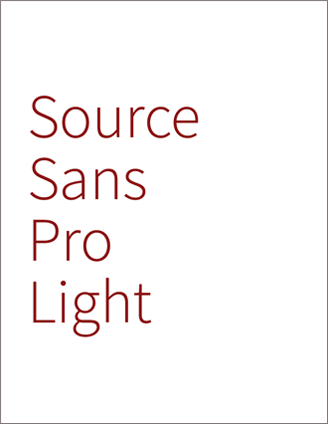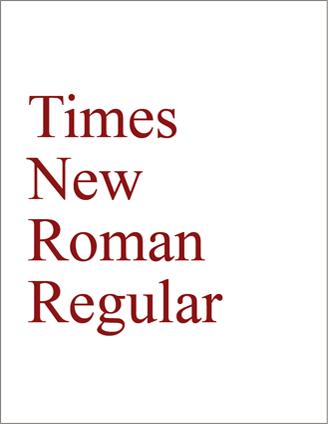How Stanford Medicine Looks
Stanford Medicine logo
Maintaining the correct and consistent use of the Stanford Medicine logo is vital to preserving its impact, value, and integrity. These guidelines outline both how and when the logo should be used.
What is the Stanford Medicine logo?
Vertical
Download Vertical Logos
Horizontal
Download Horizontal Logos
The logo consists of both our name and the shield. Do not use the shield separately.
The elements within the shield have significance and meaning. Based on heraldic design, the armorial symbol combines the staff of Aesculapius with an entwined golden snake, forming the caduceus, a symbol of the medical profession. The triple redwood frond with its terminal catkins symbolizes Palo Alto, which means “high tree.” The triple frond also represents the functions of the ever-growing university: the generation, classification, and transmission of knowledge, and the tripartite character of a university community—students, faculty, employees, and alumni. Below the redwood frond is an abstract image of a design that is repeated throughout the masonry at the School of Medicine. The design is derived from an American Indian symbol of eternal life.
When to use the Stanford Medicine logo
Use the Stanford Medicine logo when representing two or more of our organizations.
The following examples show the Stanford Medicine logo in use for centers, programs, shared services, and collective marketing campaigns.
Centers / Programs
The Stanford Medicine Adult Congenital Heart Program is a joint effort between Stanford Medicine Children’s Health and Stanford Health Care.
Shared Services (uniform example)
Supply Chain is a shared service that supports multiple entities including the Stanford School of Medicine, Stanford Medicine Children’s Health, and Stanford Health Care.
Collective Enterprise Campaigns
Advertising campaigns supporting the Stanford Medicine brand ecosystem
Clear space
Clear space gives the logo room to breathe and ensures that it will not be obscured by neighboring elements or typography.
Always leave the required amount of clear space around the logo. The minimum clear space is equal to “f”, which represents the letter height of the logo type.
Stanford Medicine logo misuse examples
The shield should not be used separately.
No words should be removed from the primary logo format or approved variations.
Do not tilt or rotate the logo.
Do not alter any colors in the logo.
Do not apply effects to the logo.
Do not recreate or typeset the logo.
Color palette
Primary palette
Our primary color signal is the Stanford legacy color, Cardinal Red. White also plays a primary role.
Cardinal Red
Pantone® 201 C
CMYK 0, 100, 65, 34
RGB 140, 21, 21
HEX #8C1515
White
CMYK 0, 0, 0, 0
RGB 255, 255, 255
HEX #FFFFFF
Neutrals
Our neutral palette provides flexibility to create hierarchy in digital applications and copy-heavy print collateral.
Fog
Pantone® 7527 C
CMYK 12, 10, 14, 0
RGB 218, 215, 203
HEX #DAD7CB
Stone
Pantone® 403 C
CMYK 39, 36, 40, 14
RGB 127, 119, 118
HEX #7F7776
Clay
Pantone® 405 C
CMYK 23, 29, 32, 67
RGB 95, 87, 79
HEX #5F574F
Tints
Do’s. Use tints of colors in the neutral palette.
Dont’s. Do not tint Cardinal Red.
Our fonts
Primary fonts are Source Serif Pro and Source Sans Pro. Both are Google fonts readily available. Using this font family helps unify both print and digital applications, creating consistency within the system. Source Serif Pro is a sophisticated yet approachable serif font that shares similar characteristics to the Stanford logo. Source Sans Pro is easily readable. Both are available in various weights to develop a robust type hierarchy system.


System fonts are used when our primary fonts aren’t available in applications like Word, PowerPoint, Excel, email, etc. Use Times New Roman to replace Source Serif Pro and Calibri to replace Source Sans Pro.


Font usage
Typographic misuse
Readability and legibility are key considerations for all users. Text that is not left aligned can cause difficulties for those with reading and comprehension disorders.
*There are use cases for government document submission that require a serif font.
Access the Stanford Medicine logo
Be sure to review the usage guidelines before downloading this important brand asset. If you have questions about usage, please submit them here.
Questions about the Stanford School of Medicine brand? Email us: sombranding@stanford.edu